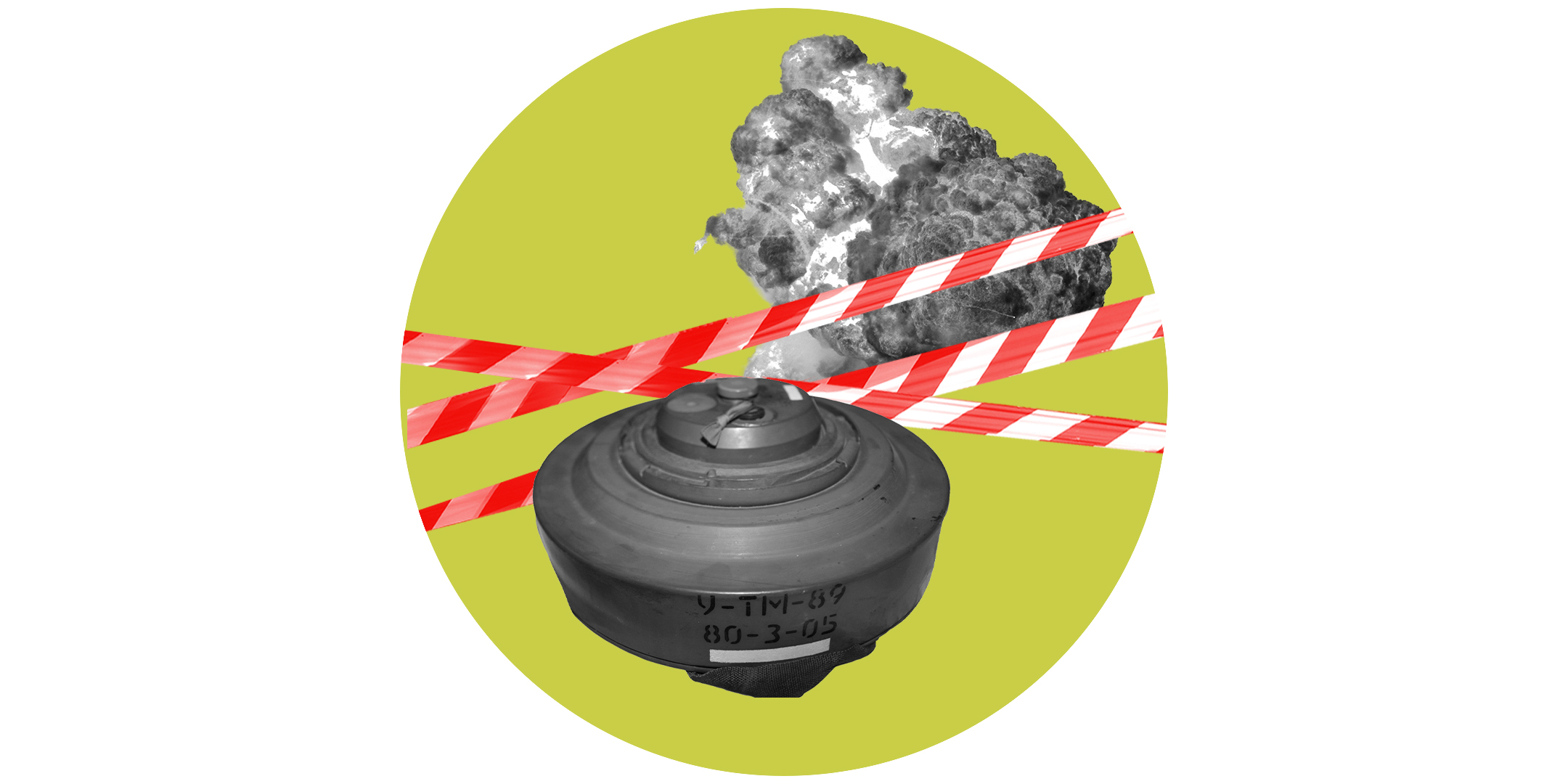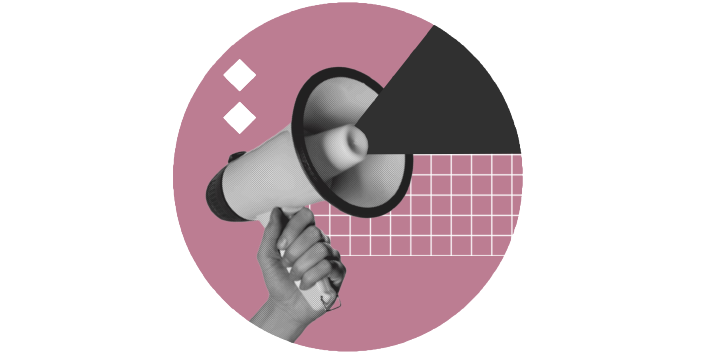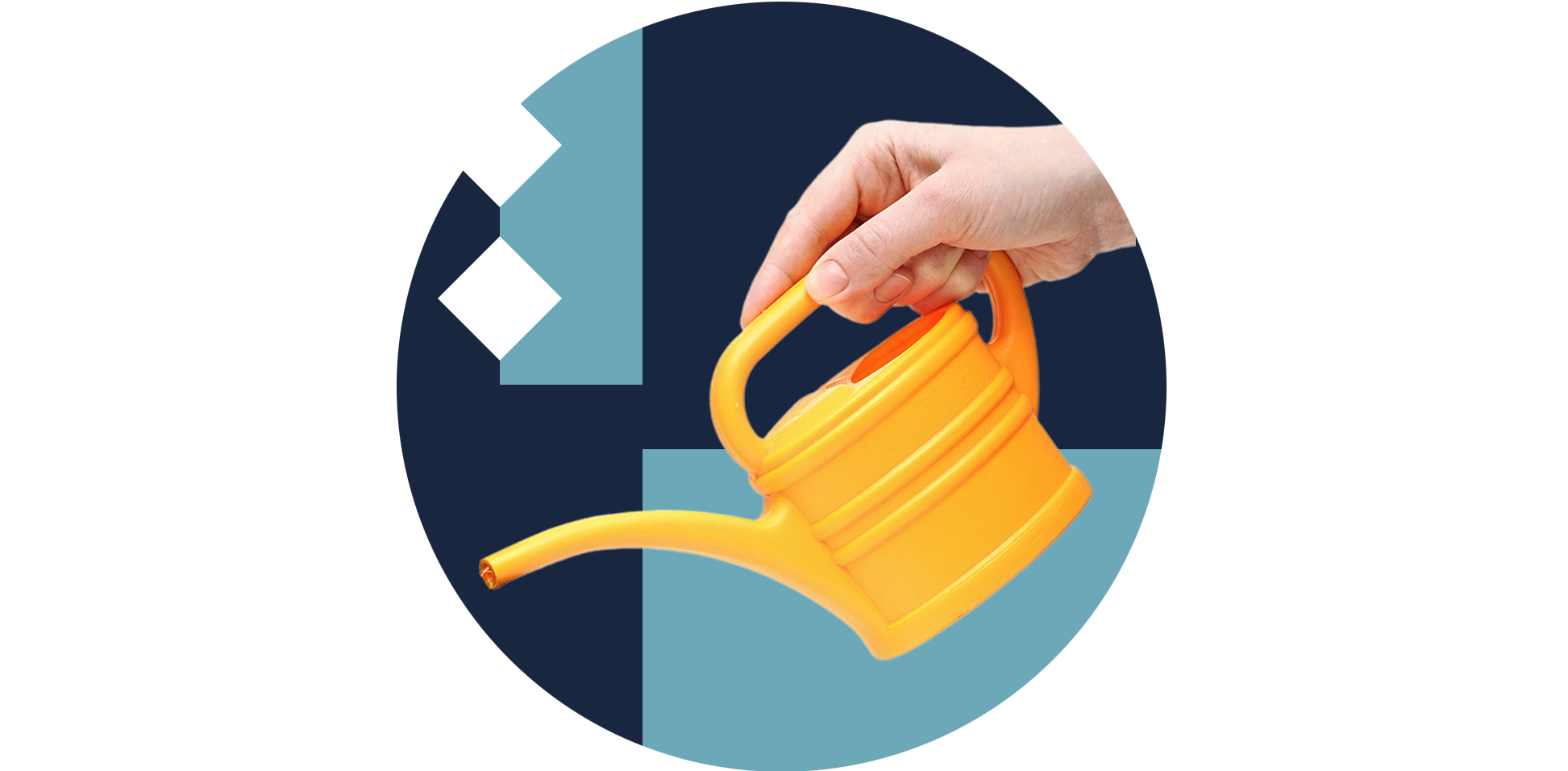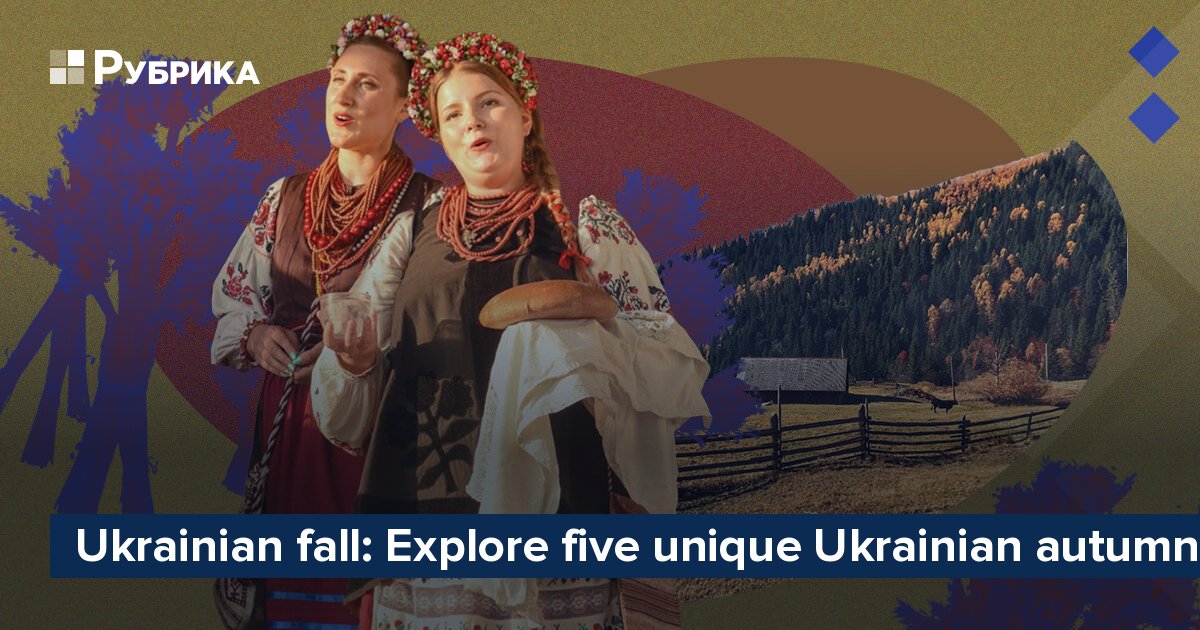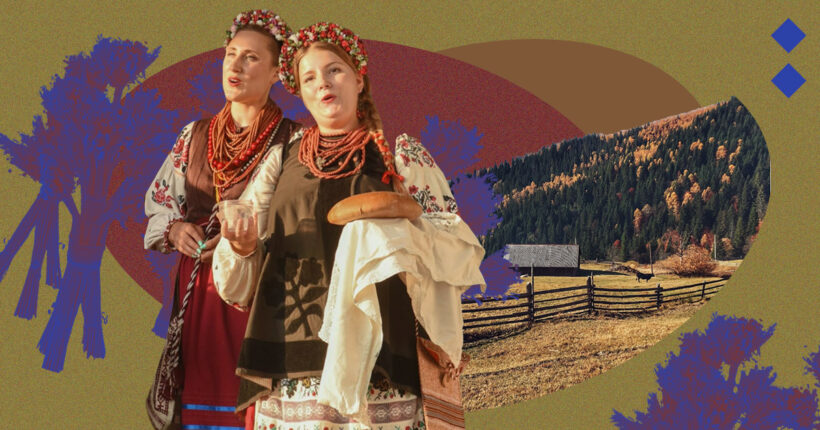
All the haters of summer heat and sun have been waiting for the coming of autumn when they can snuggle in a blanket, drink hot tea, and reread or rewatch their fall staples. We offer this article as an addition to your autumn immersion ritual and a great way to learn more about Ukraine's vibrant culture.
Like in many countries, Ukrainian fall possesses all the typical markers of this season — the golden and red hues of leaves, refreshing rains, apples, and pumpkins — but it also has some of the most unusual and magical traditions. As we immerse into the real fall, Rubryka will share some Ukrainian autumn traditions that will definitely surprise you.
1. Obzhynky — celebration of the harvest
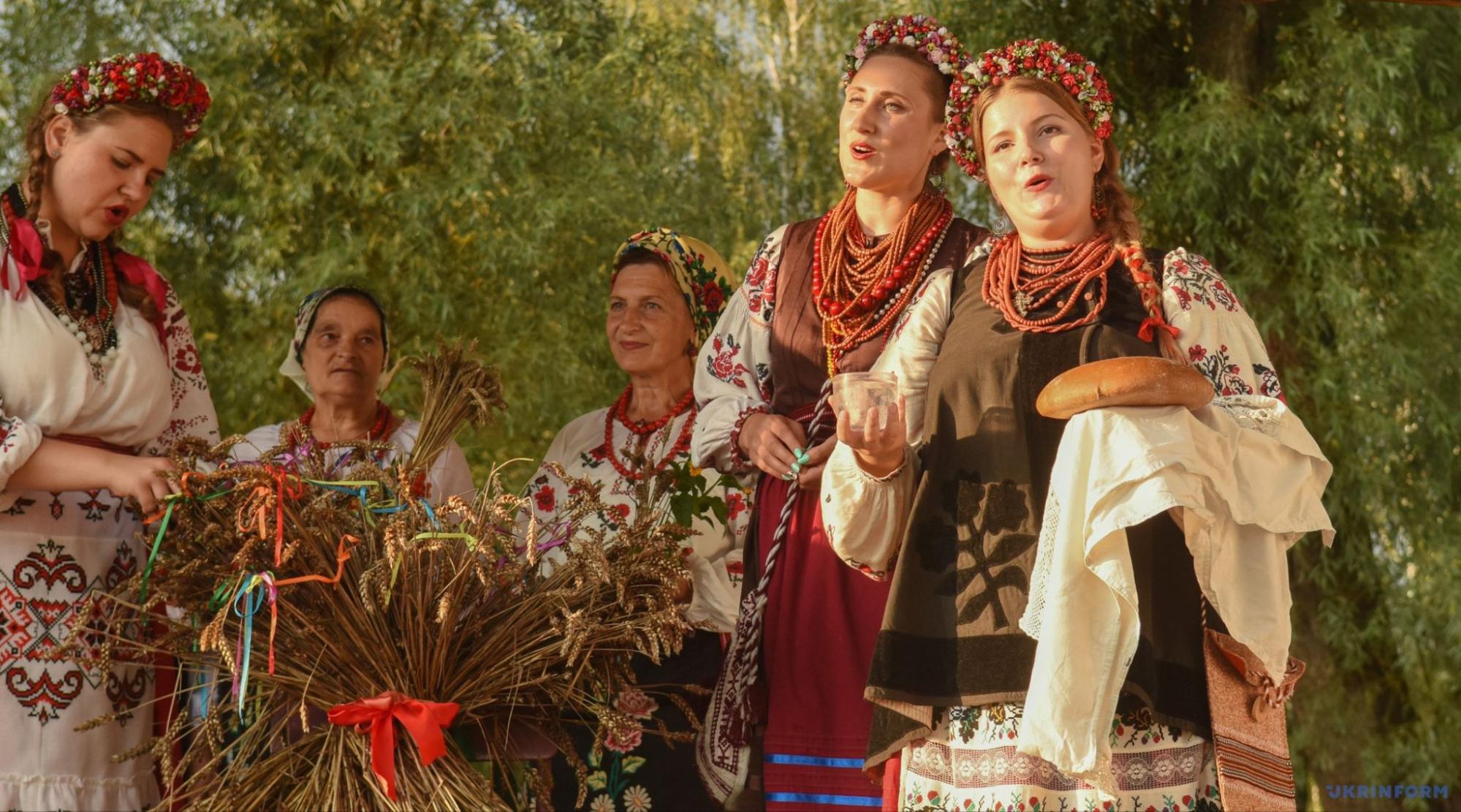
Fall festivals in Ukraine: The Ukrainian village of Prybirsk hosted the "Chornobyl Renaissance. Apple Spas" festival in 2018, during which they remembered and reproduced how their ancestors celebrated Obzhynky. Photo: Ukrinform
The ancient Ukrainian holiday, Obzhynky, or the Harvest Festival, has been preserved and honored for centuries in Ukraine to celebrate the end of the harvest and thank nature, ancestors, and the higher power for their support and all the gifts of the earth they gave. In a way, Obzhynky is similar to Thanksgiving Day because all pagan customs, sayings, songs, and rituals that later took on religious meaning revolved around gratitude.
The Obzhynky festival was traditionally celebrated in August, with ceremonies that continued into autumn. Because Ukrainians believed that nature had magical forces that could influence crop yields and the community's well-being, they sang songs to honor the sun and earth and asked for their blessings during and after reaping.
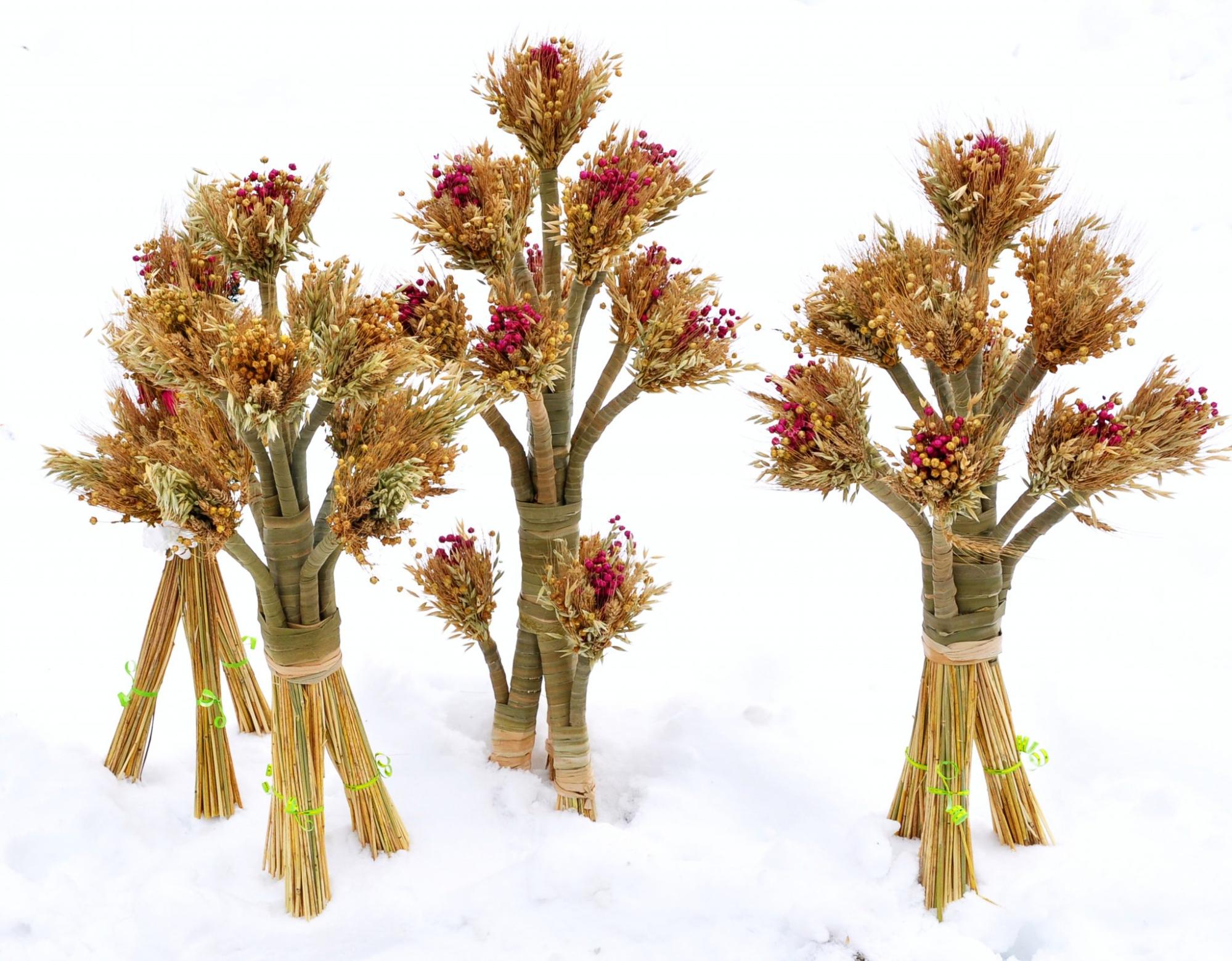
Ukrainian fall: Traditional Ukrainian decoration didukh. Photo: Deposit Photos
As part of the Obzhynky ritual, women and girls weaved wreaths — the sun symbols — and reapers brought the last sheaf of wheat or barley from the field and "tied the beard." This "beard," also called didukh, represented the ancestors because Ukrainians believed they resided in the crops. Songs and chants were used to invoke the spirits of forefathers to thank them and ask for a good harvest the following year.
Later, the didukh would play its role during Christmas as it was placed near the sacred corner of the house, where Ukrainians kept icons and traditional embroidered towels. Now, Ukrainians, still an agricultural nation, usually honor the surviving celebrations during cultural festivals rather than after harvests collected by modern machinery. They preserved the tradition of didukh making and still use the decoration in Christmas celebrations.
2. St. Simeon's Day — Wedding of the Candle
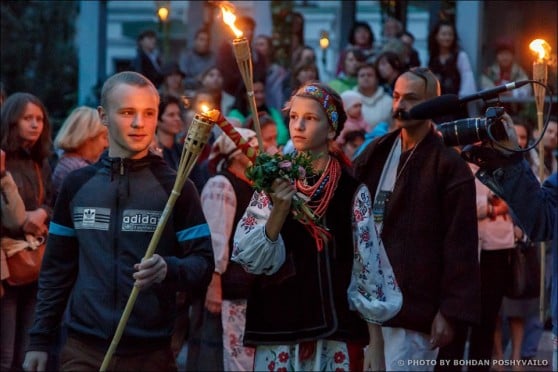
Ukrainian autumn traditions: "Candle Wedding" ceremony at the Ivan Honchar Museum in 2015. Photo: Bohdan Poshyvailo
Candles have always held a powerful symbolic role in Ukrainian culture. They are seen as sacred and magical and are used during meaningful events and celebrations. Those include the day of St. Simeon Stylites, also known in Ukraine as Semen-Strannyk, on September 1. This holiday was traditionally considered the official beginning of the New Church Year and was celebrated with an unusual ritual called "Wedding of the Candle" to honor nature's transition from summer to fall.
On the night before or on St. Simeon's Day, Ukrainians would organize a city fair for local artisans who would share their skills with the youth and children and invite musicians and cooks to celebrate the start of the fall. They would also bring a large wax candle and a doll representing a human figure to this market. The crowd, mostly city residents, performed a mock wedding, playing traditional roles such as parents, groomsmen, bridesmaids, and folk songs.
This Ukrainian autumn tradition also marked the start of fortune-telling to foresee possible partners and wealth, which was held during traditional evening parties for the young community. At the parties, called vechornytsi, young men and women also "married" a candle and a doll. Each participant in the ritual would light their own candle from the main one and had to carry it home without extinguishing it. While the ritual isn't practiced in Ukraine, it is often revived during cultural festivals.
3. Vechornytsi — traditional Ukrainian parties
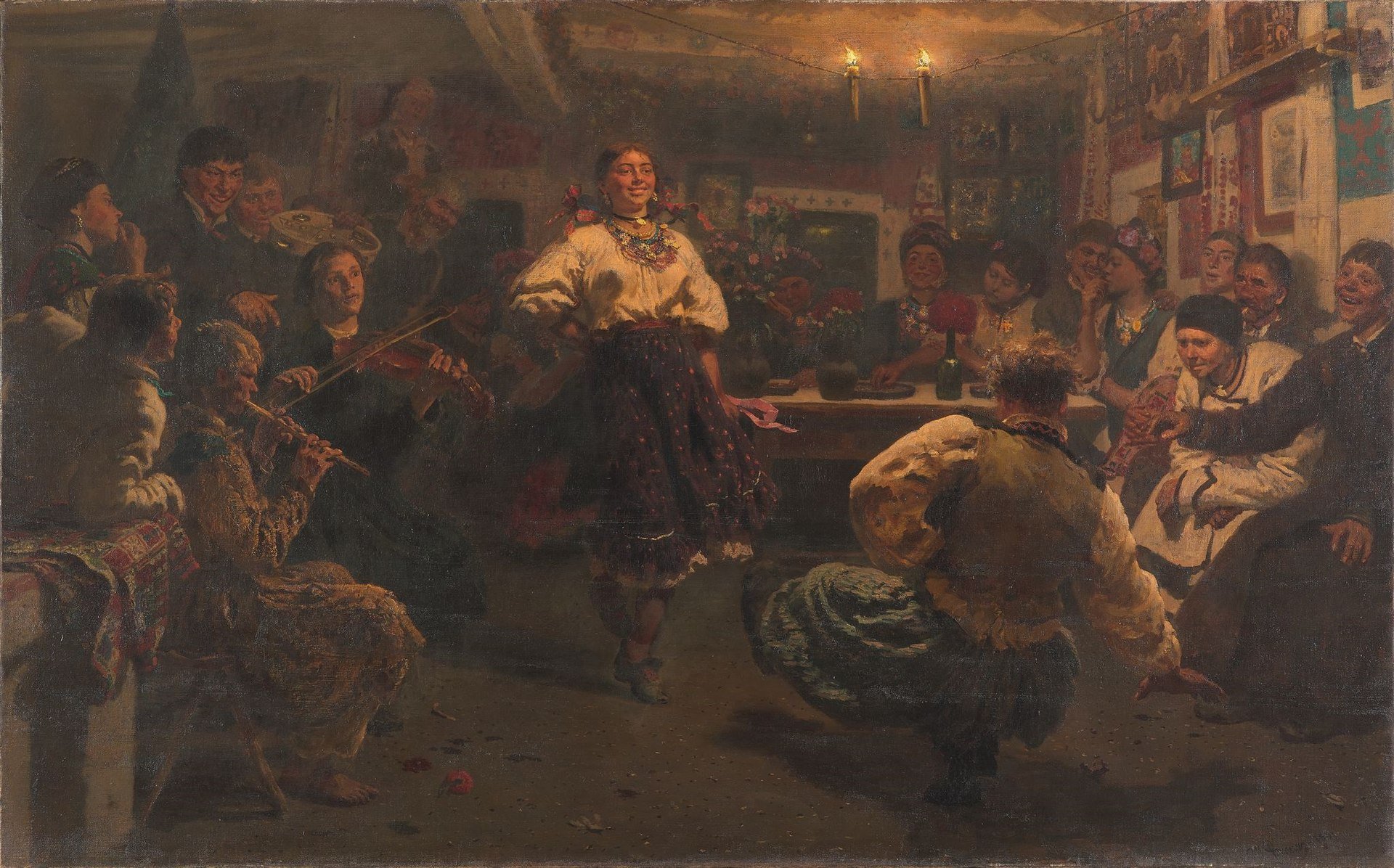
Fall festivals in Ukraine: Verchornytsi (1881) by Ukrainian painter Illia Repin. Photo: Wiki Commons
One of the most ancient and beloved Ukrainian autumn traditions is vechornytsi, an evening party in Ukrainian. These gatherings were planned for young people to have fun, socialize, and also build a strong community and connection, which would hopefully end in marriages. According to the custom, the active Ukrainian youth would start organizing parties in September after the harvest season and would host many of them until the Christmas and New Year celebrations.
While verchornytsi are no longer explicitly held to find a partner, young people still make and see friends and have much fun at these evening parties. For centuries, at such meetings, young people have sung traditional songs, told funny or scary stories, played games, and shared meals, preserving many customs and rituals, some of which are quite peculiar.
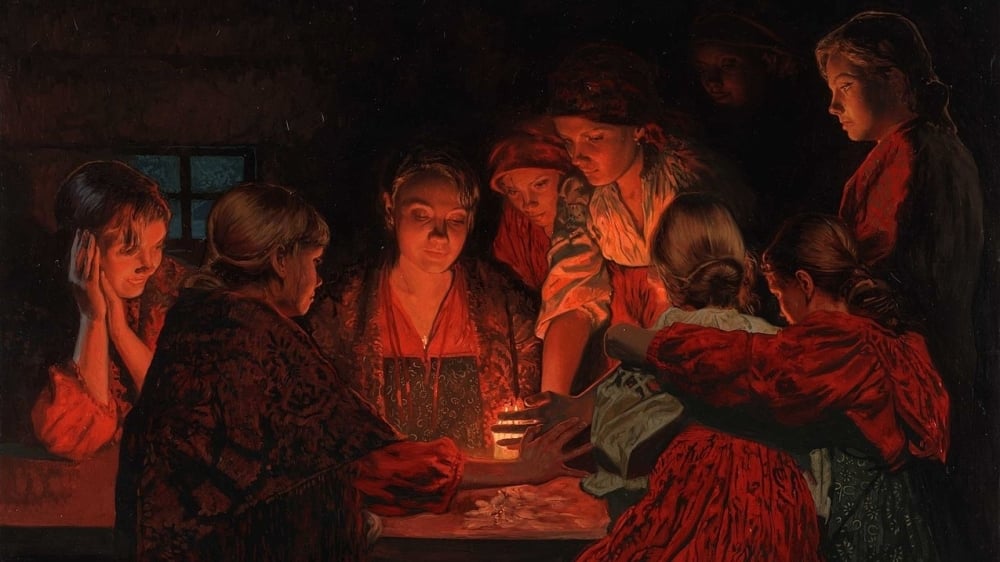
Ukrainian fall: Young Ukrainian women preserved the ancient tradition of divination. Photo: kozhinart.com
On St. Catherine's Day (November 24), young Ukrainians have held special verchornytsi to celebrate the maiden fate. In the past, on the eve of the holiday, each girl would go to sleep thinking of her future husband, believing that her fate would reveal him in her dreams. During Catherine's evening party, before inviting boys for a meal, girls would would practice divination rituals together to glimpse into their future.
Girls would foretell their fate through many signs — listening to dogs barking, roosters crowing, or overhearing conversations in the street. Sometimes, they would go outside, ask passersby for a name, believing their future husband would share that name. They also tried to foresee their future by throwing a boot with their eyes closed — the direction of the toe of the boot showed where the fiancé lived — or by pouring hot wax into water and deciphering the meaning of the figures.
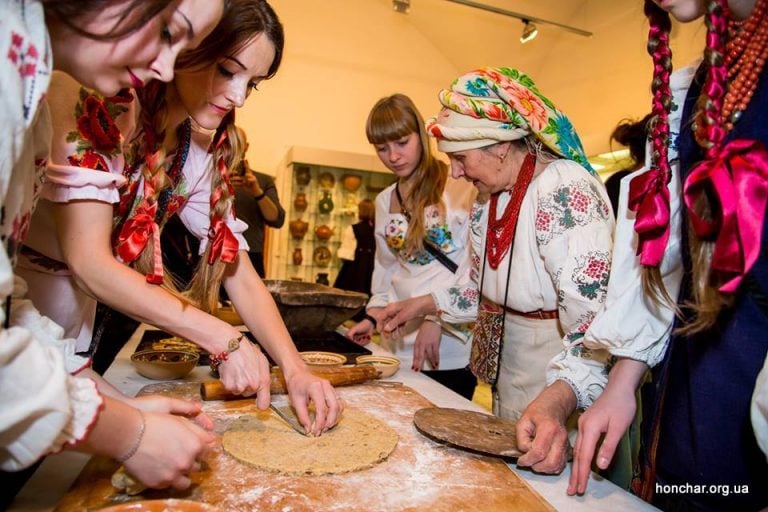
Ukrainian autumn traditions: The making of Kalyta bread at the vechornytsi celebration. Photo: Ivan Honchar Museum
Modern Ukrainian women still engage in many divination rituals for fun and to preserve the customs of their ancestors, but they do it more often on the eve of St. Andrew's Day, which falls on November 30. The holiday has also been marked with a special evening meeting, Andriivski vechornytsi, or Andrew's evening party, which was also about matchmaking and preparing for the upcoming wedding season.
Before Christianity, the holiday was called Kalyta, which gave a name to a large, round flatbread with a hole in the center that young people baked as part of the holiday tradition. The bread, which symbolized the sun, played a role in a hilarious ritual that is still alive and practiced today — the Andrii-Kalyta Ritual.
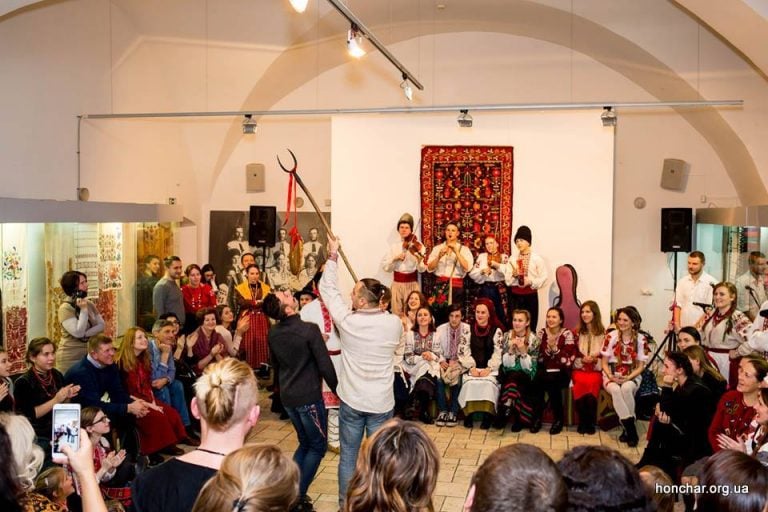
Fall festivals in Ukraine: The boy tries to reach the kalyta at the traditional Ukrainian evening party. Photo: Ivan Honchar Museum
According to the custom, the boys spread honey on the kalyta, thread a red ribbon through the hole, tied it to a stick, and suspend the bread to be bitten. The boys take turns jumping and biting the kalyta. Each time a boy succeeds, everyone joyfully sings songs in his honor and places a wreath of wheat on his head. If a boy fails, he is smeared with water and soot (symbolizing fire) to cleanse him from failure because those were believed to be purifying forces.
Here's a short video showing traditional vechornytsi on St. Andrew:
4. Pokrova — matchmaking, weddings, and honoring soldiers
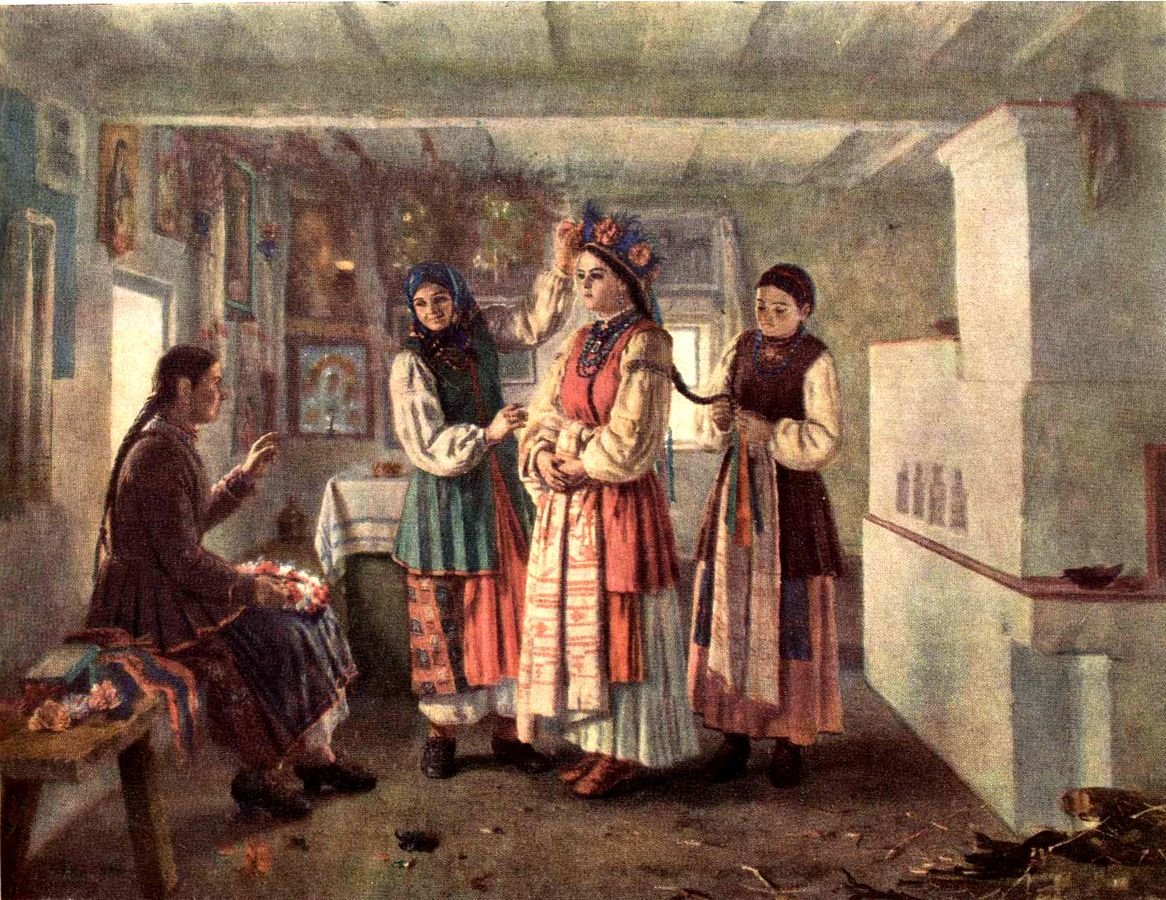
Ukrainian autumn traditions: Dressing of a Young Bride by Ukrainian artist Vasyl Vasiliev. Photo: Wiki Commons
When Ukraine adopted Christianity from the Greeks, it also embraced the Feast of Pokrova or the Feast of the Protection of the Mother of God. One of the key traditions tied to this October 1st celebration was the beginning of the autumn wedding season. For young Ukrainian women of the past, marriage was seen as an essential life goal, so they would pray to "Holy Pokrova" to bless them with a good, loving husband during the matchmaking period. The ones who found their partners hosted their weddings on Sundays after Pokrova because they believed the marriage would have more chances for success and invited everyone from their town to enjoy the songs, dances, and festivities.
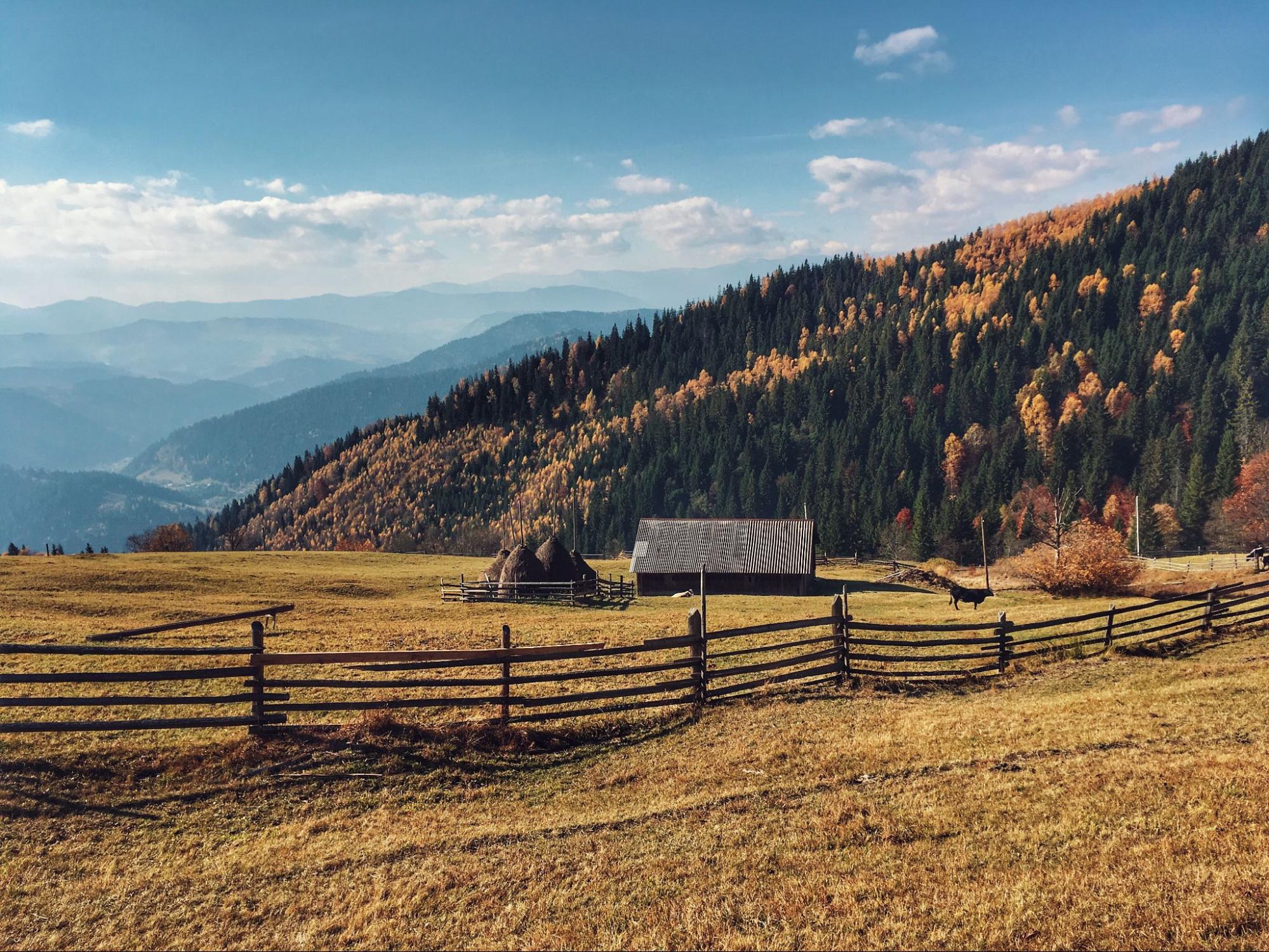
Ukrainian fall: The Carpathians in the autumn. Photo: Oleksandr Zherskyi
The change in seasons was also marked by Pokrova, which signaled the onset of autumn's chill. A proverb says, "Pokrova has covered the land" — with cold winds and fallen leaves — so Ukrainians knew they needed to prepare for winter. In old Ukrainian wisdom, Pokrova was a time to ensure the winter wheat was sown, as delayed sowing could lead to poor harvests, forcing a farmer to sell livestock — his wealth — to survive.
The Feast of Pokrova is still one of the major Christian holidays in Ukraine, with many churches named after it. It also has historical significance, as Pokrova was the patron of the Zaporizhzhia Cossacks, who founded their own state — a predecessor of modern Ukraine. For this reason, Ukrainian soldiers who fought for Ukraine's independence during WWII chose Pokrova Day as an official date to establish the Ukrainian Insurgent Army and modern Ukrainians selected the same day to celebrate their armed forces.
5. Honoring the Ancestors — Ukrainian Halloween
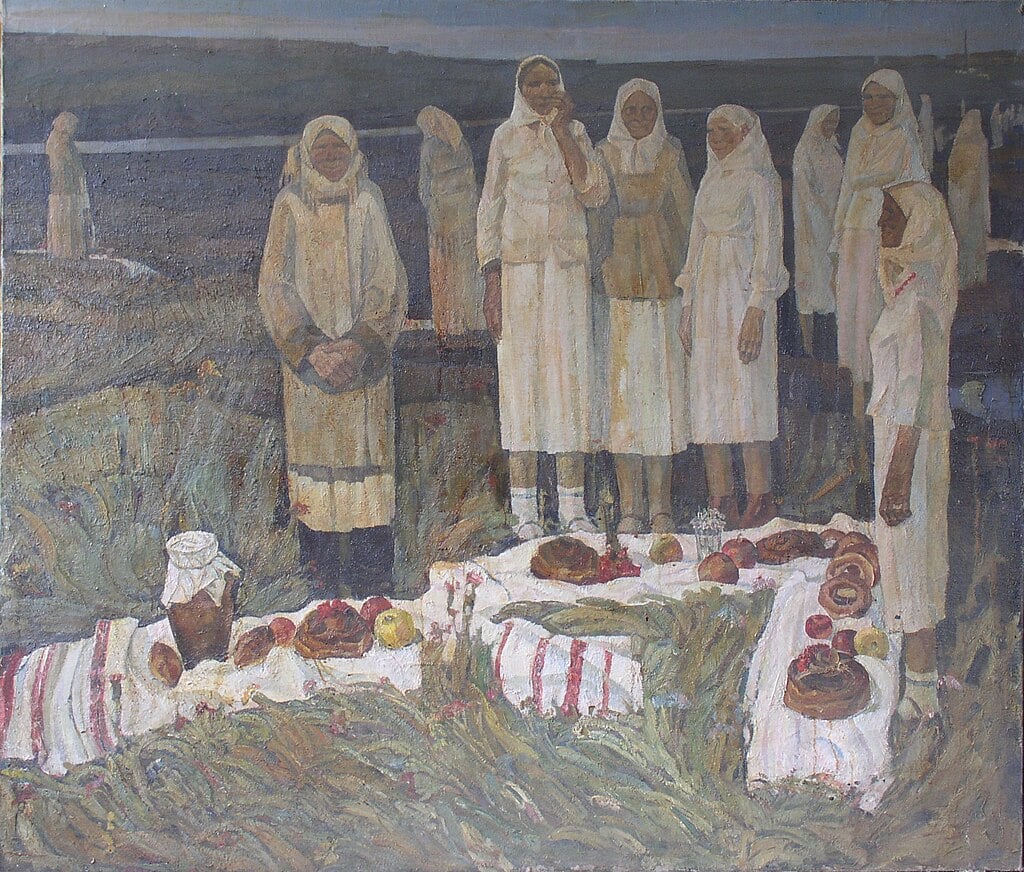
Ukrainian autumn traditions: Remembrance Day at the Battlefield (1985), by Ukrainian artist Mykhailo Chornyi. Photo: Wikimedia
The Eve of St. Demetrius Day, or, as Ukrainians called it, Dmytro's Saturday, was the day when people remembered and honored the memory of their ancestors. Ukrainians believed that, like on Halloween, all the spirits of the dead returned from the afterlife and visited the homes of their relatives. Legends said you could see the shadows of the souls at cemeteries and that they often traveled in our plane inside poor older homeless people, whom Ukrainians warmly welcomed to their homes.
The holiday is marked on October 26 and starts with a visit to the church. Ukrainians traditionally prepare "offerings" — loaves of bread, rolls, or flatbreads, along with other foods the deceased had enjoyed — and bring them to the church to give to the needy. Then, the church hosts memorial services, private requiems, and sometimes communal meals because Ukrainians used to believe the spirits would come to the table and then invisibly sit down to join the living for dinner.
Ukrainians also organize meals at their homes. In the past, the dinner would last a long time, with quiet, serious conversation, as it was believed that the souls of the dead were present. Sometimes, people sang spiritual songs, often telling tales that shared similar themes and morals of kindness and generosity, like Rich Man and Lazarus. Everyone was invited to such meals, whether known or not, and given gifts like bread, small loaves, buns, or apples. Now, Ukrainians usually host dinners for their relatives and friends.



